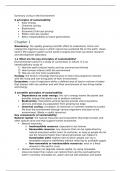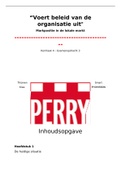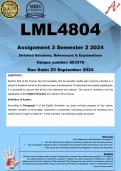Resume
Uitgebreide Samenvatting Living in the Environment - Duurzame ontwikkeling (GEO1-2103)
- Cours
- Établissement
- Book
Dit document bevat een uitgebreide samenvatting van de hoofdstukken voor het eerste en tweede tentamen. Het bevat hoofdstuk: 1 t/m 3, 5, 6, 9, 10, 12, 13, 14, 15, 16, 17, 19, 20, 21, 22, 23, 24. Anders gezegd: alle hoofdstukken, behalve hoofdstukken 4, 7, 8, 11, 18, en 25.
[Montrer plus]









